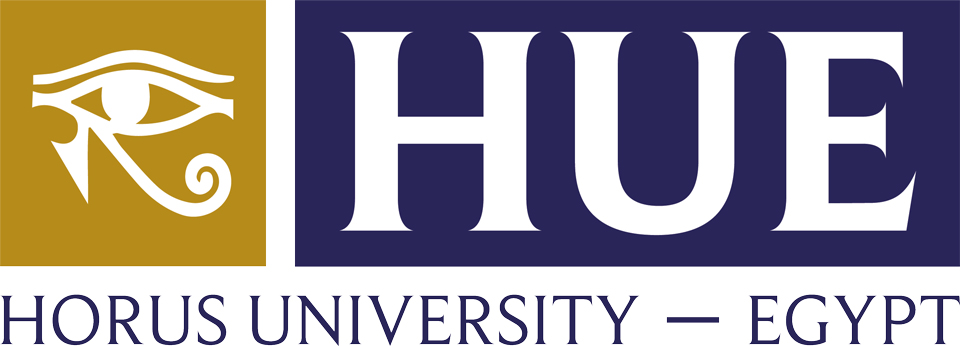Keynote Speakers
Keynote Speech (I)
CURRENT AND FUTURE TRENDS IN MODERN ANTENNA SYSTEMS RESEARCH AND IMPACT ON ENGINEERING APPLICATIONS
Prof. Yehia Antar
Canada Research Chair in Electromagnetic Engineering, IEEE Fellow, IEEE AP-S Distinguished Lecturer
Professor, Former President of IEEE AP, Royal Military College of Canada & Queen’s University Canada
BIO
He received the B.Sc. degree (Hons.) in electrical engineering from Alexandria University, Alexandria, Egypt, in 1966, and the M.Sc. and Ph.D. degrees in electrical engineering from the University of Manitoba, Winnipeg, MB, Canada, in 1971 and 1975, respectively. In May 1979, he joined the Division of Electrical Engineering, National Research Council of Canada, Ottawa, ON, Canada. In November 1987, he joined the Department of Electrical and Computer Engineering, Royal Military College of Canada, Kingston, ON, where he has been a professor, since 1990. He has authored or coauthored over 200 journal articles, several books, and chapters in books, over 450 refereed conference papers, holds several patents, has chaired several national and international conferences, and has given plenary talks at many conferences. He was appointed as a member of the Canadian Defense Advisory Board (DAB) of the Canadian Department of National Defense, in January 2011. He is a fellow of the Engineering Institute of Canada (FEIC) and the Electromagnetic Academy. He is also an International Union of Radio Science (URSI) Fellow. In 1977, he held a Government of Canada Visiting Fellowship at the Communications Research Center, Ottawa. In 2003, he was awarded the Royal Military College of Canada “Excellence in Research” Prize and the RMCC Class of 1965 Teaching Excellence Award in 2012. In October 2012, he received the Queen’s Diamond Jubilee Medal from the Governor-General of Canada in recognition of his contribution to Canada. He was a recipient of the 2014 IEEE Canada RA Fessenden Silver Medal for Ground Breaking Contributions to Electromagnetics and Communications and the 2015 IEEE Canada J. M. Ham Outstanding Engineering Education Award. In May 2015, he received the Royal Military College of Canada Cowan Prize for excellence in research. He was also a recipient of the IEEEAP- S of the Chen-To-Tai Distinguished Educator Award in 2017. He has supervised and co-supervised over 90 Ph.D. and M.Sc. theses at the Royal Military College and at Queen’s University, several of which have received the Governor- General of Canada Gold Medal Award, the Outstanding Ph.D. Thesis of the Division of Applied Science, as well as many best paper awards in major international symposia. He served as the Chair for Canadian National Commission (CNC), URSI, from 1999 to 2008, Commission B, from 1993 to 1999, and has a cross-appointment at Queen’s University, Kingston. In May 2002, he was awarded the Tier 1 Canada Research Chair in electromagnetic engineering which has been renewed in 2016. He was elected by the URSI to the Board as the Vice President, in August 2008 and 2014, and to the IEEE Antennas and Propagation (AP-S) AdCom. In 2019, he was elected as the 2020 President-Elect for IEEE AP-S, and will serve as its President, in 2021. He has served as an Associate Editor for many IEEE and IET journals and an IEEE-APS Distinguished Lecturer.
Keynote Speech (II)
THORIUM – A PROSPECTIVE SOURCE OF ENERGY
Prof. Mohamed Comsan
Atomic Energy Authority, Cairo, Egypt
BIO
Prof. Mohammad Nassef Hussein Comsan had been graduated with University Diploma (M.Sc.) in Physics, Jan. 1963, Faculty of Physics, Moscow State University, Moscow, U.S.S.R. Then, he got his PhD in Nuclear Physics, Jan. 1968, Physics-Technical Faculty, Kharkov State University, Kharkov, U.S.S.R. Prof. Comsan has long employment history, he had been elevated to be full professor since 1978, in the Atomic Energy Authority, Cairo, Egypt. His current position is Emeritus Professor of Nuclear Physics, Atomic Energy Authority, Egypt.
Prof. Comsan had been the Deputy Chairman Nuclear Regulation and Safety Committee 1984, Acting Head, Nuclear Safeguards and Physical, Protection Department 1986, Head, Experimental Nuclear Physics Department 1986, Supervisor, Cyclotron Project 1990, Chairman, Nuclear Research Center 1995, Vice Chairman, Atomic Energy Authority 1996, Acting Chairman, Atomic Energy Authority, 1999.
Prof. Comsan has supervised 20 MSc. Theses in Physics and Applied Mathematics.11 Ph.D. theses in Physics and Applied Mathematics. Prof. Comsan had been awarded Laureate, Scientific Appreciation Award, Egyptian Atomic Energy Authority 2012.
He has many professional memberships in different Scientific Societies such as: Member of the Board of the Egyptian Society of Nuclear Sciences and Applications (1977-1988), Member of the Editorial Board of the Arab Journal of Nuclear Sciences and Application, Member of the Physics and Mathematics Society of Egypt (1968), Member of the Egyptian Physical Society (1970)., Founder and President of the Egyptian Nuclear Physics Association (ENPA), 1997, Assoc. Member of IoP, UK, 1999, Member of IRPS, Australia, 2001, Member of WIF, UK, 2002.
He has joined editorial board for many Scientific Journals such as: Founder and Editor-in-Chief, Journal of Nuclear and Radiation Physics (JNRP), 2006, Member, Editorial Advisory Board, Journal of Nuclear Research and Development, 2011, Member, Editorial Board, Journal of Radiation and Nuclear Applications, 2016.
Keynote Speech (III)
Design and Optimisation of Photonic Devices
Prof. B M Azizur Rahman
City, University of London, London, UK,
Email. B.m.a.rahman@city.ac.uk
BIO
B. M. Azizur Rahman received the B.Sc.Eng and M.Sc.Eng. degrees in Electrical Engineering with distinctions from Bangladesh University of Engineering and Technology (BUET), Dhaka, Bangladesh, in 1976 and 1979, respectively. He also received two gold medals for being the best undergraduate and graduate students of the university in 1976 and 1979, respectively. In 1979, he was awarded with a Commonwealth Scholarship to study for a PhD degree in the UK and subsequently in 1982 received his PhD degree in Electronics from University College London.
In 1988, he joined City, University of London, as a lecturer, and became a full Professor in June 2000. At City University, he leads the research group on Photonics Modelling, specialised in the use of rigorous and full-vectorial numerical approaches to design, analyse and optimise a wide range of photonic devices. He has published more than 700 journal and conference papers, and his journal papers have been cited more than 9200 times and h-index of 43. He has supervised 36 students to complete their PhD degrees as their first supervisor and received more than £13 M in research grants. Prof. Rahman is Life Fellow of the IEEE, and Fellow of the Optical Society of America (Optica) and the SPIE.

